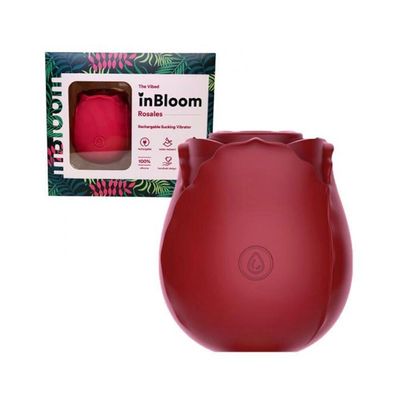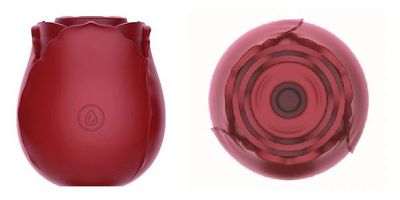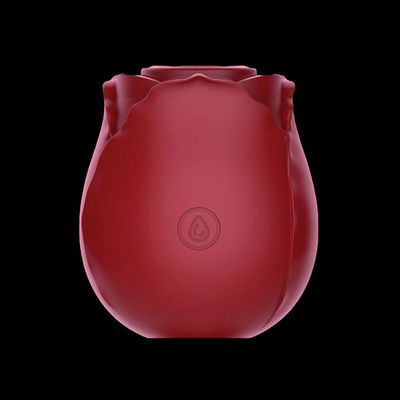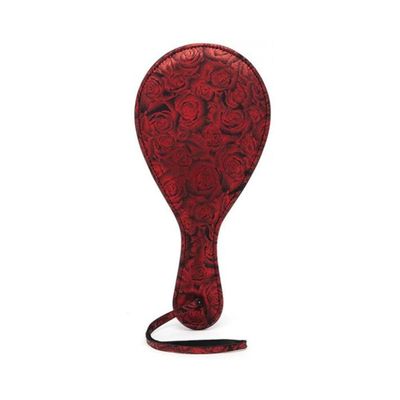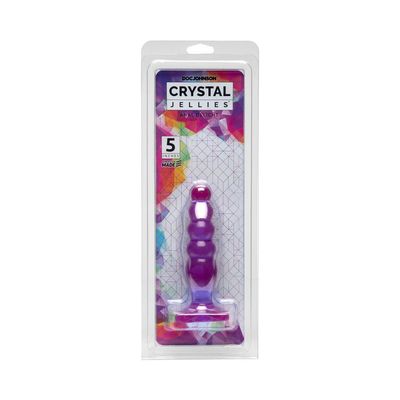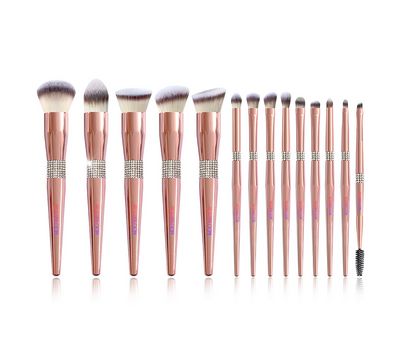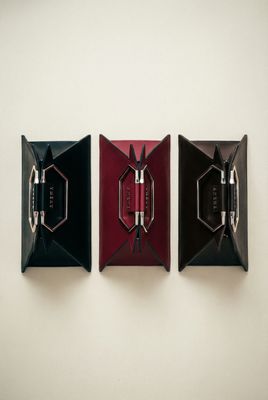Everything about the color Henna
The meaning of the color henna and color combinations to inspire your next creation.
Browse images in the color henna
What color is henna?
Henna is a warm, earthy reddish-brown color that resembles the natural dye derived from the henna plant. It evokes a sense of tradition and natural beauty.
What are similar colors to henna?
For variations within the same warm and earthy spectrum as henna, consider:
- Auburn (#A52A2A) shares henna's reddish-brown hue but with a deeper, more intense tone.
- Mahogany (#C04000) offers a richer, more vibrant red undertone, enhancing the warmth of henna.
- Rust (#B7410E) provides a more orange-tinged version of henna, adding a rustic feel.
- Terracotta (#E2725B) is lighter and more muted, offering a softer, clay-like version of henna.
What color goes with henna?
To complement henna's warm, earthy tones, consider pairing it with:
- Sage (#BCB88A) provides a refreshing, muted green contrast that enhances henna's natural warmth.
- Cream (#FFFDD0) offers a soft, neutral backdrop that highlights henna's richness.
- Peach (#FFE5B4) adds a gentle, warm contrast that complements henna's earthy tones.
- Olive (#808000) adds a deep, natural green that pairs well with henna's warmth.
What color conflicts with henna?
To avoid clashing with henna's warm, earthy tones, consider avoiding:
- Bright red (#FF0000) can overpower henna's subtle warmth.
- Neon pink (#FF6EC7) may clash with henna's natural, earthy vibe.
- Electric blue (#7DF9FF) could create too stark a contrast with henna's warmth.
- Violet (#EE82EE) might overwhelm henna's earthy tones with its vibrant hue.
What does the color henna represent?
Henna represents tradition, natural beauty, and cultural heritage, often associated with ceremonial body art in many cultures. It symbolizes warmth, earthiness, and a connection to nature. Psychologically, henna can evoke feelings of comfort, stability, and a grounded presence. It is often used to create a sense of warmth and security. In art and design, henna adds a rich, warm tone that can enhance natural and rustic themes, providing depth and a sense of history.
What's the history of henna?
The name "henna" comes from the Arabic word "ḥinnāʾ," referring to the plant used for dyeing skin, hair, and fabrics. Henna has been used for thousands of years in various cultures for body art and as a symbol of beauty and celebration. Its natural reddish-brown dye has been a staple in traditional ceremonies, especially in South Asian and Middle Eastern cultures. In modern times, henna is popular in the fashion and beauty industries for temporary tattoos and hair coloring, celebrated for its natural and organic qualities.
Color Variations
Shades
Tints
Hues
Color Palettes
Monochromatic
Complementary
Analogous
Triadic
Tetradic
Images with henna color
Color Conversions
#A45A52rgb(164, 90, 82)rgb(64%, 35%, 32%)0, 45, 50, 36hsl(6, 33%, 48%)6, 50, 64#A45A5247, 29, 1820, 16, 1047, 35, 3210100100, 01011010, 01010010Color(red: 0.6431372549019608, green: 0.35294117647058826, blue: 0.3215686274509804)UIColor(red: 0.6431372549019608, green: 0.35294117647058826, blue: 0.3215686274509804, alpha: 1.0)Color(0xFFA45A52)